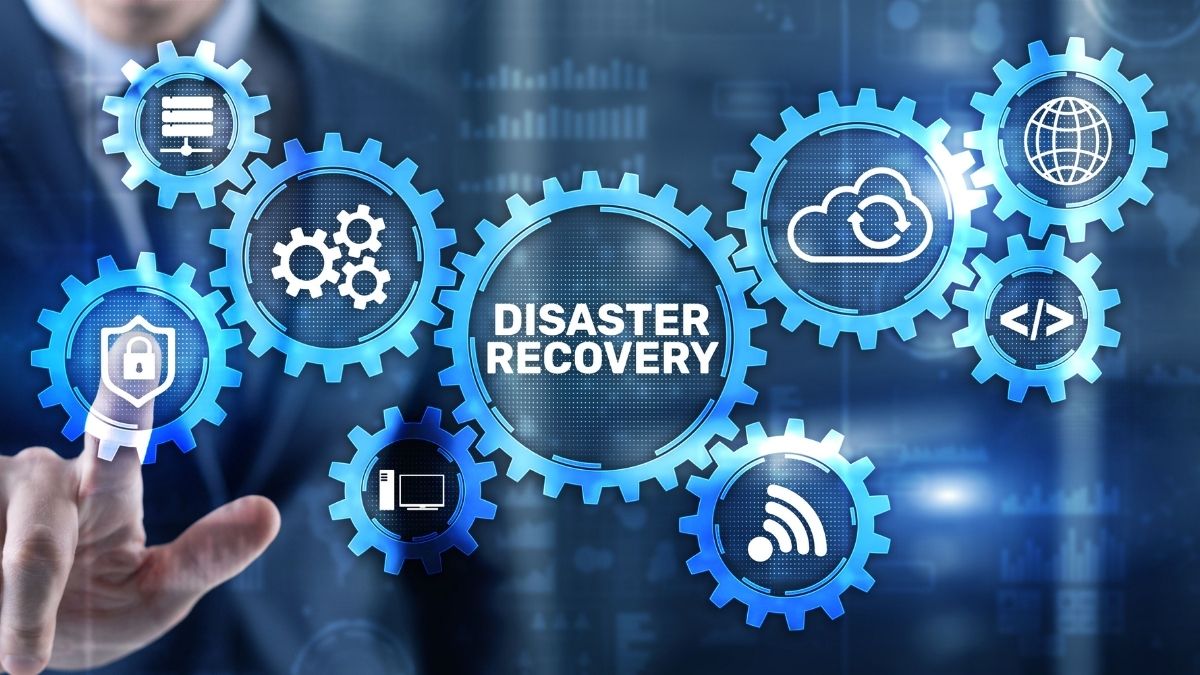Small businesses are at risk from disasters which can cause downtime or data loss. Without an effective disaster recovery plan in place, the chances of one of these disasters putting them out of business permanently are greatly increased. Despite this risk, over half of small and medium sized businesses currently have no disaster recovery plan in place.
A “disaster” in this context could refer to any of the following:
- A natural disaster like a snowstorm or flood which prevents you accessing your premises.
- A man-made disaster like a ransomware attack which takes part of your network offline.
- A hardware disaster like a server failure.
Any one of these can cause serious disruption to a company’s ability to do business. Luckily, each of these can be effectively prepared for and recovered from with a professionally managed disaster recovery plan. Due to the risk of flooding and blizzards faced by the city, on top of digital threats like ransomware, managed IT services in New York absolutely must include comprehensive disaster recovery planning.
What Is A Disaster Recovery Plan?
A disaster recovery plan is a collection of processes, tools, and policies to mitigate the effects of a disaster and help your business return to a minimum viable level of operation as quickly as possible. An effective disaster recovery plan will help to maintain business continuity and ensure that you can continue operating during and after a disaster.
What Are The Elements Of An Effective Disaster Recovery Plan?
- RPO (Recovery Point Objective)
The Recovery Point Objective refers to the age of files that an agency must retrieve in order to resume normal business operations following a disaster. Depending on how reliant your business is on historical data this could be anywhere from less than an hour, to several days, or even months’ worth of data. Therefore, the recovery point objective determines the minimum allowed frequency of data backups. If a company’s RPO is twelve hours, for example, the network must be backed up at least every twelve hours to meet their designated RPO.
- RTO (Recovery Time Objective)
The Recovery Time Objective refers to the amount of time it should take for the entire disaster recovery plan to be implemented successfully. You could consider this the maximum amount of downtime that your business can withstand. If your time objective was four hours, you would need to have your business operational within four hours of a disaster occurring. - An Inventory of Critical Hardware and Software
Make a thorough inventory of all software and hardware within your business. Prioritize the list based on the order they should be restored in to allow you to start operating as soon as possible. Having a password manager in place can also help you to securely store all the logins for your different applications and services. - Specific Roles For Team Members
Just as your business should have a designated fire safety marshal and a team member trained in first aid – there will be specific roles for different team members. In the case of a disaster, each member of your team should know their role in the disaster recovery process and what steps to take. Who will oversee contacting other team members? Who will be responsible for informing customers? Each of these roles should itself have a backup in case the intended team member is not available.
- Backup Communications System
Regular channels of communication might be unreliable during or after a disaster. How will you communicate with team members, suppliers, and customers? You need an effective backup communication system in place should your existing phone lines go down. Alternatively, switching all your communications to a cloud-hosted VoIP platform means that you can access the same communications systems from any location which has an internet connection.
How Carden IT Services Can Help
At Carden IT Services, we have extensive experience devising and implementing disaster recovery plans for businesses of all sizes. Our team can conduct a thorough audit of your existing network, set up real time cloud backups of critical systems, and plan recovery strategies for a variety of different disasters. In the unfortunate event that a business disaster does occur, our team will be there to help put your disaster recovery into place. When choosing a partner for managed IT services, New York businesses should always consider options for disaster recovery, and Carden IT Services offer industry leading DR planning.
Hopefully after reading this, you now understand what a disaster recovery plan is and why it is important. If you would like help drafting a disaster recovery plan for your business. Speak to Carden IT’s team today.


